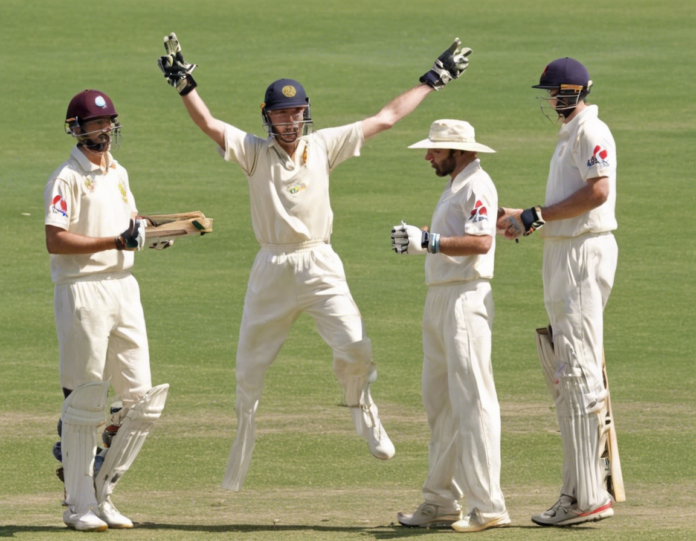The first 10 overs in a cricket match are crucial as they set the tone for the innings. Teams need to balance scoring quick runs while also ensuring they don't lose too many wickets early on. In this article, we will discuss various strategies that teams can employ during the first 10 overs of an innings in cricket.
Understanding the Pitch and Conditions
Before coming up with a game plan for the first 10 overs, it's essential to assess the pitch and playing conditions. Is it a flat batting track or does it offer assistance to the bowlers? How is the weather expected to behave? These factors will play a significant role in determining the approach a team should take.
Setting a Target
Teams should have a clear target in mind for the first 10 overs. This target could be based on the pitch conditions, the strength of the opposition, and the team's own batting capabilities. Setting a target helps in keeping the focus and provides a benchmark for the batsmen.
Building a Partnership
One of the primary objectives for the batting team in the first 10 overs should be to build a solid partnership. Openers need to communicate effectively, rotate the strike, and keep the scoreboard ticking without taking unnecessary risks. A good partnership in the early overs can set a strong foundation for the rest of the innings.
Rotating the Strike
It's crucial for the batsmen to rotate the strike regularly during the first 10 overs. This not only helps in keeping the scoreboard moving but also puts pressure on the fielding team. By taking singles and converting ones into twos, batsmen can unsettle the bowlers and force them to change their plans.
Playing According to the Bowling Attack
Teams should adapt their game plan based on the opposition's bowling attack. If the bowlers are swinging the ball, batsmen need to be cautious early on. On the other hand, if the bowlers are offering loose deliveries, batsmen should be ready to capitalize on them.
Powerplay Strategy
Most teams utilize the first 10 overs to make the most of the powerplay. This fielding restriction period allows only a certain number of fielders outside the 30-yard circle, making it an ideal time for batsmen to score freely. Teams often look to accelerate the run rate during the powerplay overs.
Accelerating the Run Rate
As the first 10 overs progress, teams may look to accelerate the run rate if they have wickets in hand. This could involve taking calculated risks, hitting boundaries, and putting pressure back on the bowling team. However, it's essential to balance aggression with caution to avoid losing wickets.
Assessing the Situation
It's crucial for batsmen to assess the situation continuously during the first 10 overs. They need to be aware of the match conditions, the field placements, and the bowlers' tactics. This awareness helps in making informed decisions about when to attack and when to play defensively.
Playing Sensible Cricket
Above all, batsmen need to play sensible cricket in the first 10 overs. This means playing each ball on its merit, avoiding reckless shots, and respecting good deliveries. By playing sensibly, batsmen can ensure that they give their team a solid start without losing unnecessary wickets.
Frequently Asked Questions (FAQs)
1. Should teams always look to score quickly in the first 10 overs?
It depends on the match situation. While scoring quick runs is essential, teams should also focus on building a solid foundation without losing wickets.
2. How important is strike rotation in the early overs?
Rotating the strike is crucial as it keeps the scoreboard moving and puts pressure on the fielding team. It also helps in building partnerships.
3. How can teams effectively capitalize on the powerplay overs?
Teams can capitalize on the powerplay overs by being aggressive, targeting gaps in the field, and looking to hit boundaries while the field is restricted.
4. What should batsmen do if the pitch conditions are challenging in the first 10 overs?
Batsmen should focus on playing cautiously, respecting the good deliveries, and waiting for loose balls to score runs. Patience is key in such situations.
5. How do teams balance aggression with caution in the early overs?
Teams can balance aggression with caution by identifying scoring opportunities, taking calculated risks, and communicating effectively with their batting partner.
In conclusion, the first 10 overs in a cricket innings set the tone for the rest of the game. Teams need to approach this phase with a clear strategy, focusing on building partnerships, rotating the strike, and playing sensibly. By following these strategies and adapting to the match situation, teams can lay a strong foundation for a successful innings.

